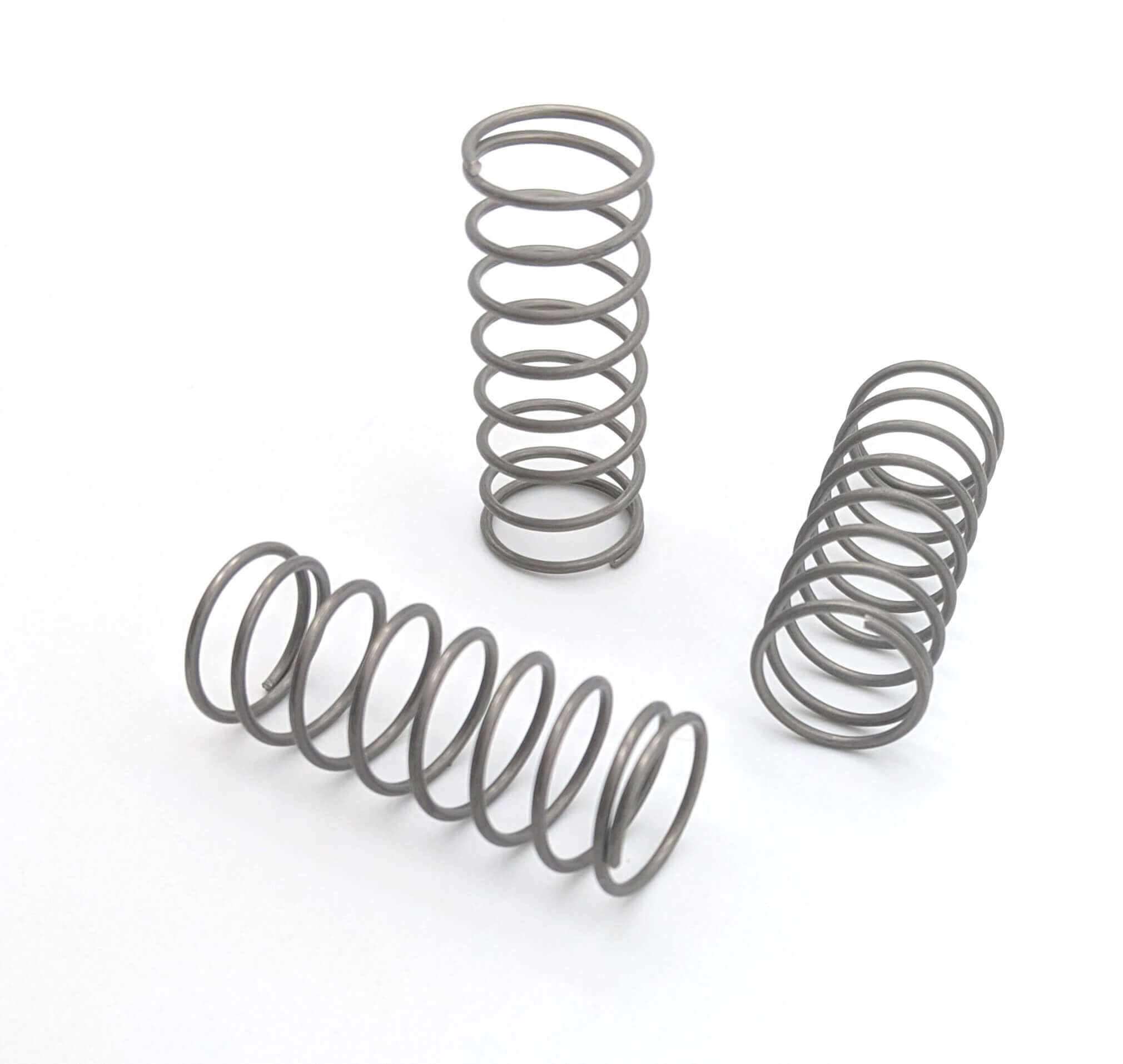Get unique, complex parts easily. No matter your requirements, Chaoyi Spring creates hard-to-produce coil springs and wire forms.
Let us help you create the custom wire form you need, from S-hooks and J-hooks to utility hooks and more.
We work closely with customers across a wide range of industries, helping them design and manufacture made-to-order parts.
Why choose Chaoyi Spring? We prioritize customer-focused collaboration, modern equipment and the latest technology to make your parts per print.
Find the information and guidance you need, from measuring a spring to learning about materials, placing an order and much more.
Torsion spring winding rods are a vital component in the manufacturing of torsion springs, playing a crucial role in ensuring the precision and quality of these essential mechanical elements. These


Torsion spring winding rods are a vital component in the manufacturing of torsion springs, playing a crucial role in ensuring the precision and quality of these essential mechanical elements. These rods, often overlooked but incredibly important, guide and support the spring wire as it is wound, ensuring that the spring maintains its intended shape, tension, and performance. This article delves into the world of torsion spring winding rods, exploring their design, functionality, and significance in various industries.

Torsion springs, unlike their compression or extension counterparts, store energy through twisting rather than compression or stretching. Imagine a coiled spring, like those used in a pen or a door closer, but instead of pushing or pulling, this spring twists to exert force. Torsion springs are found in numerous applications, from automotive suspension systems and garage door openers to intricate watch mechanisms and delicate medical devices. Their reliable performance hinges on the precision of their winding.
The winding process involves meticulously coiling a spring wire around a mandrel, a core that dictates the spring's shape and size. This process, often automated but sometimes performed manually, requires careful control to ensure the spring's uniformity and desired tension. Here's where torsion spring winding rods step in, their role as crucial guiding forces in this intricate process.
Torsion spring winding rods are essentially sturdy shafts with carefully designed grooves or channels running along their length. These grooves are perfectly sized to accommodate the spring wire as it is wound, ensuring that the wire remains securely positioned during the coiling process. This guidance is vital for achieving consistent spring shape and preventing any unwanted bending or warping of the wire. In essence, the winding rod acts as a railway track for the spring wire, keeping it on the right path to create a perfectly formed spring.
The design and materials of torsion spring winding rods are critical considerations. The rod must be strong enough to withstand the forces exerted by the winding process and the tension of the coiled spring. Additionally, the rod's surface needs to be smooth and consistent to prevent scratching or damage to the spring wire. Wear and tear on the rod's surface can affect the quality of the spring, leading to inconsistency in its performance.
Torsion spring winding rods come in various forms, each tailored to specific applications and spring designs. Some common types include:
Torsion spring winding rods are typically made from materials known for their strength, durability, and resistance to wear. Steel, hardened and polished, is a common choice, ensuring the rod's longevity and ability to withstand the forces involved in winding springs. Aluminum and other lightweight materials may be used for winding smaller or less demanding springs.
The manufacturing process involves precision machining to ensure that the grooves in the winding rod are accurately sized and positioned. This accuracy is crucial for maintaining the consistency of the spring's coil diameter and pitch, ultimately affecting its performance.
Torsion spring winding rods are integral to various industries that rely on the performance and precision of torsion springs. Here are just a few examples:
As technology advances, the demand for increasingly complex and precise torsion springs continues to grow. The design and manufacturing of torsion spring winding rods are also evolving to meet these demands. Advancements in materials, machining processes, and automation are enabling the creation of even more sophisticated rods for springs with tighter tolerances and improved performance. In the future, these rods may incorporate sensors and control systems for even greater precision in winding, further enhancing the quality and reliability of torsion springs across a wide range of applications.
Torsion spring winding rods, while often overlooked, play a critical role in the world of precision engineering. Their unwavering guidance ensures the accuracy and reliability of torsion springs, which are essential components in countless industries. As technology advances, these unsung heroes of precision will continue to evolve, pushing the boundaries of what's possible with spring-based solutions. Their dedication to accuracy and performance remains vital for driving innovation and excellence across the spectrum of engineering applications.
Browse some of the custom wire forms and springs that we manufacture. Don’t see what you need? We specialize in made-to-order products that meet your application requirements.
Visit Our GalleryNeed a custom wire form or coil spring? We make it work. Fill out the contact form and a representative will respond within 1 business day. If you have a PDF or CAD file, you can submit to request a quote.